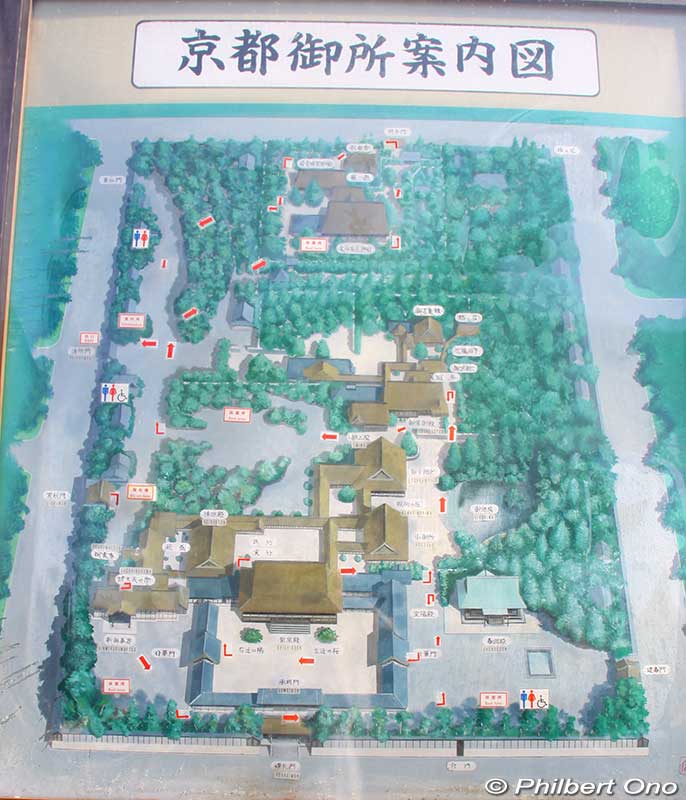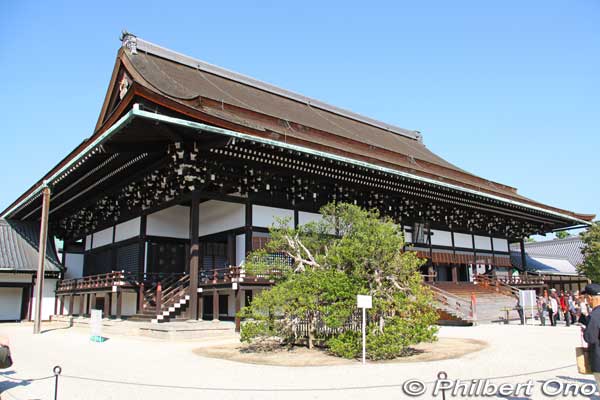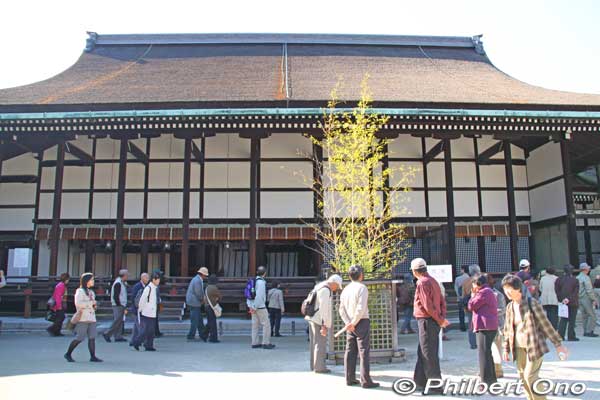KYOTO – Imperial Capital 京都府

Before Kyoto came to be called “Kyoto,” it had a few different names. The most well-known former name is “Heiankyo” (平安京) meaning “peaceful, stable Imperial capital” when Kyoto was the Imperial capital from 794 to 1868.
Since ancient times in East Asia, the 京 (kyo, archaic 亰) Chinese/kanji character indicated that the emperor lived in the city, making it the Imperial capital. That’s why we see kyo (京) in the name of former and current Imperial capitals in Japan and China including Tokyo (東京).
The current 京都 kanji characters appeared as a place name as early as 988 in a historical document (尾張国郡司百姓等解). However, “Kyoto” didn’t come into common use until the late 12th century (late Heian Period). By this time, Heiankyo was called “Kyo” (京), “Kyoshi” (京師), “Kyo-no-Miyako” (京の都), and “Kyoto” (京都) depending on who you talked to.
The “to” kanji character (都) is miyako, meaning “capital.” It also has the nuance of a place where many people gather.
Since Emperor Meiji moved from Kyoto to Tokyo in 1869, Kyoto is no longer the Imperial capital in reality. However, the name “Kyoto” (Imperial Capital) has been retained. Moreover, Kyoto Imperial Palace (former emperor’s residence) has been preserved in Kyoto and the thrones of the emperor and empress remain there. For Emperor Akihito and Emperor Naruhito’s enthronement ceremonies, the thrones were transported by truck to Tokyo. Then returned to Kyoto.
Out of all the 47 prefectural names, “Kyoto” and “Tokyo” are the easiest to understand in meaning.



Right: Seiryoden (清涼殿), the emperor’s residence from the late 8th century to 11th century at Kyoto Imperial Palace. This is a reconstruction built in 1790 on a smaller scale, but close to the style of the original building.
Old province names: Yamashiro-no-Kuni, Tanba-no-Kuni, Tango-no-Kuni (山城国+丹波国+丹後国)
*The AI-generated image is for illustrative purposes only and may not accurately depict any particular place in the prefecture.
Sources: https://ja.wikipedia.org/wiki/%E4%BA%AC%E9%83%BD
Origin of other prefectural names (etymologies)
Overview | Aichi | Akita | Aomori | Chiba | Ehime | Fukui | Fukuoka | Fukushima | Gifu | Gunma | Hiroshima | Hokkaido | Hyogo | Ibaraki | Ishikawa | Iwate | Kagawa | Kagoshima | Kanagawa | Kochi | Kumamoto | Kyoto | Mie | Miyagi | Miyazaki | Nagano | Nagasaki | Nara | Niigata | Oita | Okayama | Okinawa | Osaka | Saga | Saitama | Shiga | Shimane | Shizuoka | Tochigi | Tokushima | Tokyo | Tottori | Toyama | Wakayama | Yamagata | Yamaguchi | Yamanashi